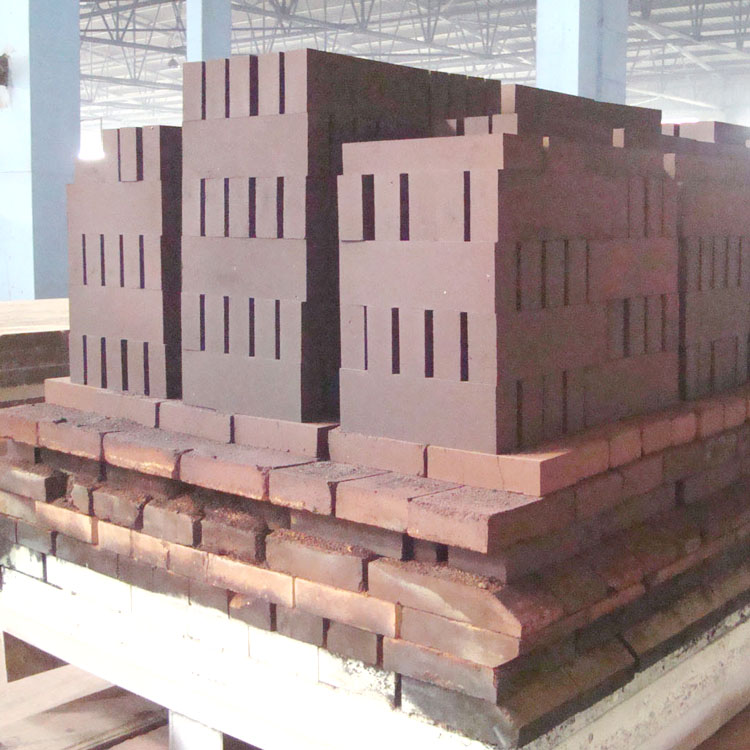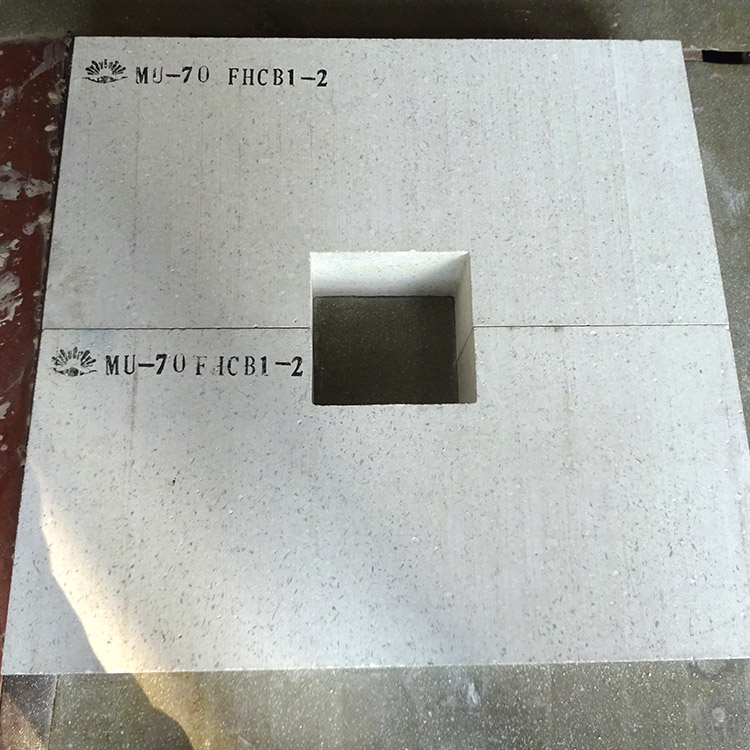
In high-temperature industrial settings, the challenges of refractory materials in high-temperature troughs are a significant concern. Traditional refractory materials often struggle to withstand extreme temperatures, chemical corrosion, and mechanical stress, leading to frequent replacements and high costs. This is where AZS (Alumina-Zirconia-Silica) channel bricks come into play.

AZS channel bricks are made from fused alumina-zirconia-silicate materials. These materials have unique properties that set them apart from other refractory materials. Alumina provides high refractoriness, with a melting point of up to 2054°C, ensuring excellent resistance to high temperatures. Zirconia enhances the material's corrosion resistance and mechanical strength. The combination of these elements results in a material that can withstand harsh industrial environments.
Compared to other refractory materials, such as magnesia-chrome bricks, AZS channel bricks have several advantages. Magnesia-chrome bricks may release toxic hexavalent chromium during use, posing environmental and health risks. In contrast, AZS channel bricks are environmentally friendly and safer for workers. Additionally, AZS channel bricks have better thermal shock resistance, reducing the risk of cracking and spalling under rapid temperature changes.

The manufacturing process of AZS channel bricks is a complex and precise operation. First, high-purity raw materials, including alumina, zirconia, and silica, are carefully selected. These raw materials are then melted in an electric arc furnace at temperatures exceeding 2000°C. The molten material is poured into molds and slowly cooled to form the desired shape. This controlled cooling process, known as annealing, helps to relieve internal stresses and improve the brick's overall quality.
During the manufacturing process, strict quality control measures are implemented. Each batch of bricks undergoes comprehensive testing, including chemical analysis, physical property testing, and microstructure analysis. These tests ensure that the bricks meet the highest quality standards. For example, the chemical composition of AZS channel bricks typically contains 33% - 41% alumina, 15% - 30% zirconia, and 20% - 30% silica, providing excellent performance in high-temperature applications.
The use of high-purity raw materials and advanced manufacturing processes significantly improves the quality of AZS channel bricks. In addition, obtaining ISO international certification is of great significance. ISO 9001 certification demonstrates that the manufacturer has established a comprehensive quality management system, ensuring consistent product quality. ISO 14001 certification indicates that the manufacturing process is environmentally friendly, reducing the impact on the environment.

AZS channel bricks have been widely used in various industries, including glass manufacturing, steelmaking, and non-ferrous metal smelting. In the glass industry, for example, AZS channel bricks are used in the melting tanks and forehearths of glass furnaces. Their excellent corrosion resistance and high-temperature stability help to extend the service life of the furnace, reduce maintenance costs, and improve glass quality. In a large glass manufacturing plant, the use of AZS channel bricks has increased the furnace's service life from 3 - 4 years to 5 - 6 years, resulting in significant cost savings.
In conclusion, AZS channel bricks offer a reliable solution for high-temperature refractory applications. Their unique material properties, advanced manufacturing processes, and strict quality control ensure excellent performance and long service life. If you are looking for high-quality refractory materials for your industrial applications, we invite you to learn more about our AZS channel bricks.
Ready to take your high-temperature operations to the next level? Contact us today to get detailed product information and professional technical support! Click here to inquire

